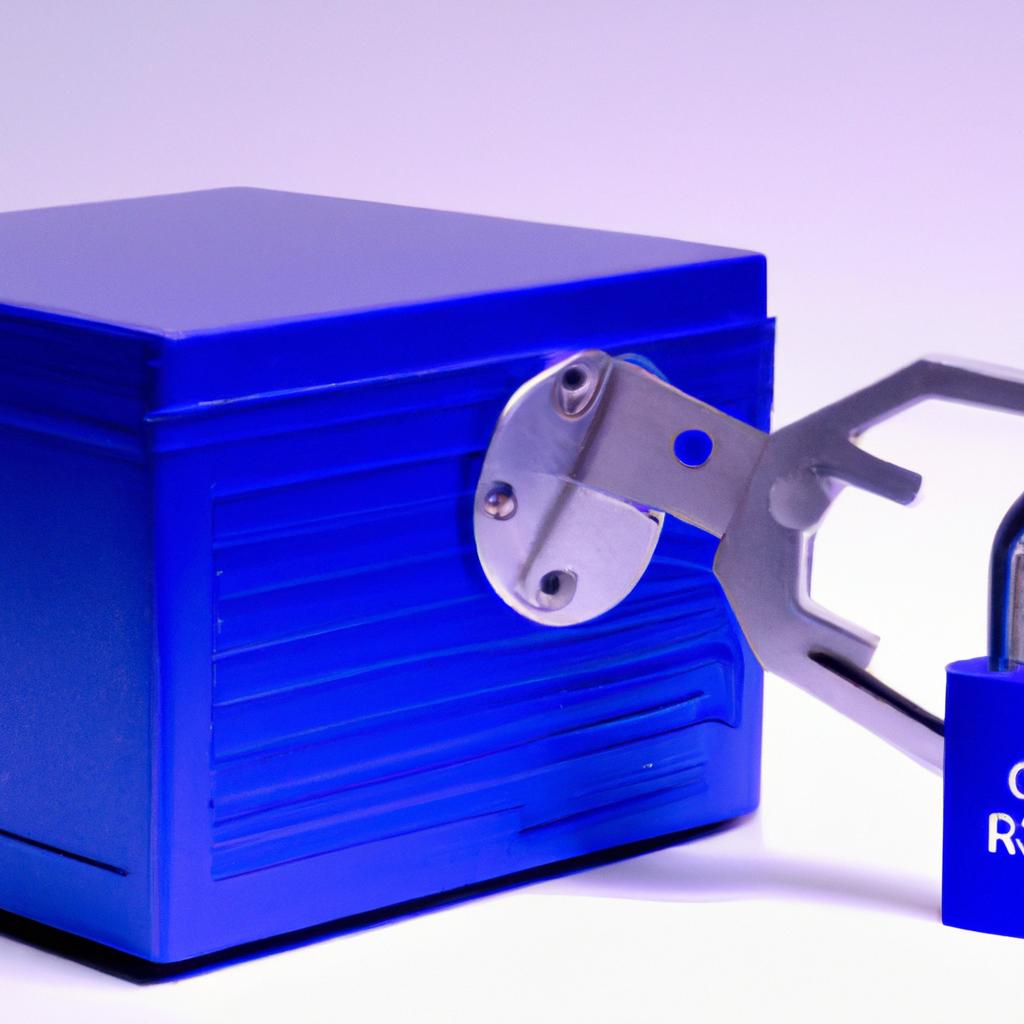A landing page is a single web page that is designed to generate leads or capture e-commerce sales. It is the first page a visitor will see when they land on your website or when they click on an advertisement. A well-designed and effective landing page should have one clear call-to-action that users can easily see and act upon. Landing pages are essential for businesses as they are an integral part of any digital marketing strategy.
An effective landing page should be designed to capture the attention of potential customers and encourage them to take action. A successful landing page should be highly targeted, visually appealing, and contain compelling content that provides the visitor with an incentive to act. The design should be user friendly and encourage visitors to complete the desired call to action.
It’s important for businesses to understand the basics of creating an effective landing page in order to maximize conversions and increase their ROI. Understanding the various elements of landing page design, such as layout, visuals, colors, fonts, wording, and content development, can help businesses create a successful page. Additionally, it’s important to track the performance of the landing page and use analytics to analyze the data to ensure the page is optimized to its fullest potential.
Creating an effective landing page is essential for businesses to capture leads, increase conversions and build brand recognition. To succeed in this endeavor, it’s important to have a clear understanding of the goals and objectives for the page.
Your landing page should have a clear purpose such as driving sales, capturing leads, or spreading awareness about a product or service. Setting clear objectives will help you stay focused on the end goal and design an engaging page that meets all of your needs.
Some of the most common goals and objectives for landing pages include:
- Generating leads
- Increasing web traffic
- Boosting sales or subscriptions
- Improving user experience
- Introducing products and services
- Increasing brand recognition
Thinking about the desired outcome of the landing page will help you target the right audience and create content that resonates with them. It’s also a good idea to establish measurable goals so you can track the results of your efforts and adjust the strategy if necessary.
Types of Landing Pages
A landing page is an important element of a website. It’s the first page visitors see when arriving from an external source, such as a search engine, an advertisement, or a link in an email. The goal of this page is to grab the attention of the visitor and guide them onto another page.
Landing pages come in many forms, each with its own purpose and context. Here are some of the types of landing pages commonly used:
- Click Throughs: These pages have a single call to action, such as a button that leads to another page or even a sales funnel.
- Lead Generation: These pages are designed to capture customer information via forms. They typically offer something in exchange for the users information, such as a free e-book or coupon.
- Sales Pages: These pages are meant to persuade people to purchase a product or service. They often feature detailed descriptions and reviews of the product, and a strong call to action.
- Viral Pages: These pages are designed to spread virally on social media, providing interesting content that encourages user engagement and shares.
- Press Pages: These pages provide broken up, easy to digest information about a company or product launch. The goal is to make it easier for journalists and influencers to write about the product.
Each type of landing page should be tailored to meet its own unique goals and objectives. It is important to consider how the page will be accessed, who will be accessing it, and what action you want visitors to take.
It’s important to have a well-structured and attractive design for your landing page. By incorporating essential design elements, you can make sure that your page stands out and attracts the attention of your potential customers.
Layout should be clean and organized to be visually pleasing and easy to navigate. Visuals, such as images and graphics, should be used sparingly and be relevant to the content in order to support the message. Colors and fonts should complement each other and create a balanced look that is attractive and readable.
Wording should be concise but descriptive to convey the necessary information in an engaging way. Use keywords that are relevant to your target audience and avoid industry jargon whenever possible. It’s also important to keep the text short and to the point; visitors should be able to quickly understand what you are offering and how they can benefit from it.
Finally, it’s important to focus on creating a strong call to action that clearly outlines how visitors can take the next step. Include buttons or text links and use actionable language to encourage interaction. A well-designed CTA should stand out on the page and provide a path for users to take the desired action.
Content development is an essential part of creating an effective landing page. Good content can be the difference between a successful conversion and a failed lead generation effort. To ensure your landing page produces the desired results, it’s important to understand the basics of content development.
When writing the copy for your headline, it should be eye-catching and attention grabbing. Keep it succinct and make sure you use language that clearly communicates the value of your product or service. Try to avoid overused phrases or jargon as this will only detract from the effectiveness of the headline.
Optimizing titles for SEO is another important factor when developing content for your landing page. Utilize keywords related to your industry and product offering and include them naturally in the title and throughout the content. This will help boost organic search rankings and make sure your target audience can find your page.
Once you have developed a compelling headline, it is time to focus on the body content. This should emphasize the features and benefits of your product or service. Use statements that are backed up by evidence to increase credibility with potential customers. Using lists, subheadings, and visuals can also help break up your content and make it easier to read.
Including social media buttons and links to your website can also be a great way to engage users and improve conversions. Make sure these links are prominent and easy to access so visitors have the opportunity to connect with you or learn more about your business.
Content development is an important part of creating a successful landing page. Following the tips outlined above will help you optimize your page and ensure it is delivering the results you want.
Creating an effective call to action is critical for any successful landing page. A call to action should be clear and concise, using language that encourages the user to take action, such as “Sign Up Now” or “Download Now”. It should also provide an incentive for responding, such as a discount or free trial. In addition, the call to action should be aligned with the overall design of the page; for example, if the page has a green background, the call to action button should be green too. Finally, make sure it stands out so that users can clearly identify the link they need to click to initiate their response.
Track Measurement & Analysis
Once you’ve launched your landing page, it’s essential to track user responses and conversions so you can determine the effectiveness of your efforts. Most analytics programs allow you to measure metrics like session length, website traffic sources, page views, conversion rates, and more.
Analytics can help you uncover the patterns and behaviors that indicate how successful your page is. By properly analyzing the data and interpreting the results, you can learn useful information such as which features are the most appealing and popular. This will help you determine what’s working and what may need to be improved.
To maximize the effectiveness of your tracking and analysis efforts, make sure you establish well-defined goals and benchmarks before launching your page, so you can accurately measure the success of your landing page.
A/B testing is a crucial tool for optimizing your landing page. An A/B test involves two versions of your website, each slightly different. By analyzing the performance of each version, you can identify which elements of your landing page are most effective.
To set up an A/B test, you’ll need to create two different variations of the same page. These variations should be subtle but significant enough that you can judge the effects on user behavior. Next, you’ll need to determine which performance metrics you’d like to measure (such as click-through rate or time on page). Then, you’ll need to use tracking tools to measure and analyze the data.
Once your test is complete, you should be able to determine which variation performs best. From this information, you’ll be able to refine the elements of your landing page to optimize your visitors’ experience.
Best practices are essential for creating an effective landing page. Creating a successful page is like a recipe, with certain ingredients and methods working better together to create a delicious dish. To build a highly optimized landing page, here are some best practices to consider.
Keep it Simple & Cohesive
A landing page should have one unified purpose and message. Keep the page simple and avoid extraneous elements that could distract the user from your call to action. Stick to a single focus and make sure the design and content complements the goal.
Utilize a Strong Headline
Your headline should be clear, concise, and compelling. It should quickly catch the reader’s attention and communicate the main message of the landing page. Too long and the point will be lost – too short and it won’t be memorable.
Include Engaging Visuals
Strong visuals are necessary to draw in users and keep them engaged. For example, include attractive images that clearly communicate the page’s purpose, interactive elements like galleries and videos, and vibrant colors to give the page visual interest.
Optimize Forms
Make sure the form on the page is easy to understand and use. Place it away from other page elements to ensure it stands out. Include clear labels for each form field and avoid unnecessary questions. Leave out optional fields unless absolutely necessary.
Keep Copy Clear & Conversational
The copy on a landing page should be simple and straightforward. Make sure the language is friendly and the tone is conversational. Use familiar terms and terminology and keep paragraphs short and to the point.
Include Social Proof
Social proof is the concept of using influencers or reviews to boost credibility and increase conversions. Include testimonials about the product/service or reviews from satisfied customers. A well placed customer quote can go a long way in convincing visitors to take action.
Case Studies
Learning from successful examples is one of the best ways to craft an effective landing page. By examining real-world successes, we can gain insight and understanding into what works and what doesn’t.
One success story is a fitness company that re-designed their landing page to focus on the benefits of their product. The result was a 160% increase in conversions! The company emphasized the features of their product and used visuals to show how users could benefit from them.
Another example is a website that implemented effective call-to-action buttons, which resulted in a 20% increase in click-throughs. They used actionable language, aligned the CTA with the overall design of the page, and provided incentives to respond to their offer.
The lesson to be learned from each of these case studies is that it pays to be creative and to think carefully about how to design and optimize your landing page for the best possible results.
Creating an effective landing page is pivotal to the success of any business’s online presence. It is the first touchpoint between the audience and the website, so its content and design is of utmost importance. An effective landing page should contain three key elements: clear goals & objectives, appropriate design elements, and a powerful call-to-action. Additionally, it should include compelling content and utilize analytics and A/B testing to measure and analyze the data.
By following the guidelines presented in this guide, businesses can create a landing page that resonates with their target audience and encourages conversions. Through careful planning and execution, businesses will be able to create an effective landing page that meets their specific objectives. No two landing pages should look alike, as each should be tailored to the unique needs of the business. Taking the time to craft a well-designed landing page will pay off in the long run, as it will help improve engagement and lead to more conversions.
With the right design and content, an effective landing page can have a huge impact on businesses. The objectives of creating a successful landing page are to capture users’ attention, encourage conversions, and increase sales. When properly optimized, landing pages that are tailored to match the query that drove visitors to the page can help increase conversions exponentially.
Creating a successful landing page starts with understanding the different types available. There are lead capture pages, webinar registration pages, video landing pages, eCommerce pages, and many others. Each type has its own particularities and should be designed accordingly.
Design elements like layout, visuals, colors, fonts, and wording are essential for delivering an engaging experience. The content should be optimized to maximize user engagement. It should include a compelling headline, optimized titles, clear descriptions, keywords, subheadings, and social media buttons.
The call to action should stand out from the rest of the elements and use actionable language to grab the user’s attention. Use incentives to entice visitors to respond, and make sure the CTA is aligned with the page’s overall design.
To track user responses and measure success, use analytics to analyze metrics and interpret the data. Additionally, set up an A/B testing program to tweak and refine the page until it delivers the desired outcome.
Best practices for successful landing page optimization include using visuals to capture attention, optimizing content for mobile devices, and being mindful of page loading speed.
By looking at case studies of successful companies, you can gain an understanding of effective practices. Once you have the knowledge and tools to build an effective landing page, you can start to reap the benefits of a well-crafted page.
In summary, a landing page is a powerful tool that can have a significant impact on business goals. By following the steps outlined in this guide, you can learn how to create an effective page that engages users and encourages conversions. A successful landing page will help businesses expand their reach and increase their profitability.
comments: 0




